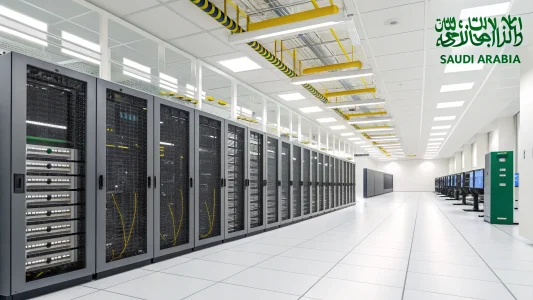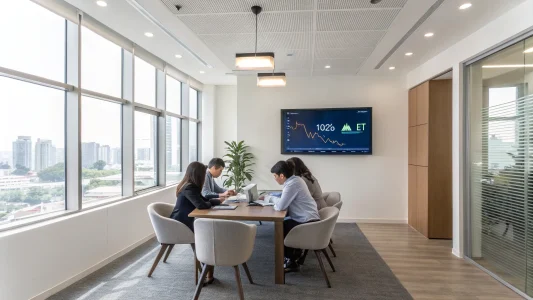Solar energy is gaining popularity as a renewable power source for homes and businesses worldwide. At the heart of this technology are solar panels, which come in four distinct varieties, each with unique characteristics and applications.
Table of Contents
ToggleMonocrystalline Solar Panels
Monocrystalline panels represent the oldest and most developed technology in the solar market. Made from single-crystal silicon, these panels are recognizable by their uniform dark appearance and rounded edges. They offer the highest efficiency rates, typically 15-22%, making them ideal for installations with limited space.
These panels perform better in warm weather compared to other types and have the longest lifespan, often coming with warranties of 25 years or more. However, this premium performance comes at a higher cost, making them a significant investment for homeowners.
Polycrystalline Solar Panels
Polycrystalline panels, also known as multi-crystalline panels, are manufactured by melting multiple silicon fragments together rather than using a single crystal. This gives them a distinctive blue, speckled appearance. Their efficiency typically ranges from 13-16%, slightly lower than monocrystalline options.
The manufacturing process for polycrystalline panels is simpler and creates less waste, resulting in a more affordable product. This cost advantage has made them popular for residential installations where space constraints are less of a concern.
Thin-Film Solar Panels
Thin-film solar panels represent a departure from crystalline silicon technology. These panels are made by depositing one or more thin layers of photovoltaic material onto a substrate such as glass, plastic, or metal. Common materials include:
- Amorphous silicon (a-Si)
- Cadmium telluride (CdTe)
- Copper indium gallium selenide (CIGS)
Thin-film panels are lightweight, flexible, and less affected by high temperatures. They’re also the least efficient of the four types, with rates typically between 10% and 13%. However, their flexibility makes them suitable for certain applications where rigid panels wouldn’t work, such as curved surfaces or portable solar chargers.
Heterojunction Solar Panels
Heterojunction technology (HJT) represents one of the newest innovations in solar panel design. These panels combine different materials—typically crystalline silicon with layers of amorphous silicon—to create a cell that captures a broader spectrum of light.
HJT panels offer high efficiency rates, often exceeding 20%, while performing better in high-temperature environments than traditional monocrystalline panels. They also show less degradation over time, potentially offering longer effective lifespans.
The manufacturing process for HJT panels requires fewer steps and lower temperatures than traditional crystalline silicon panels, which could eventually lead to lower production costs as the technology matures.
While currently more expensive than other options, many industry analysts predict heterojunction technology will gain market share as manufacturing scales up and costs decrease.
Each solar panel type offers distinct advantages depending on the specific needs of a project. Factors such as available space, budget constraints, local climate conditions, and aesthetic preferences all play important roles in determining which technology is most appropriate for a particular installation.
As solar technology advances, efficiency rates continue to improve across all panel types, while manufacturing costs decrease, making solar energy an increasingly viable option for electricity generation worldwide.















